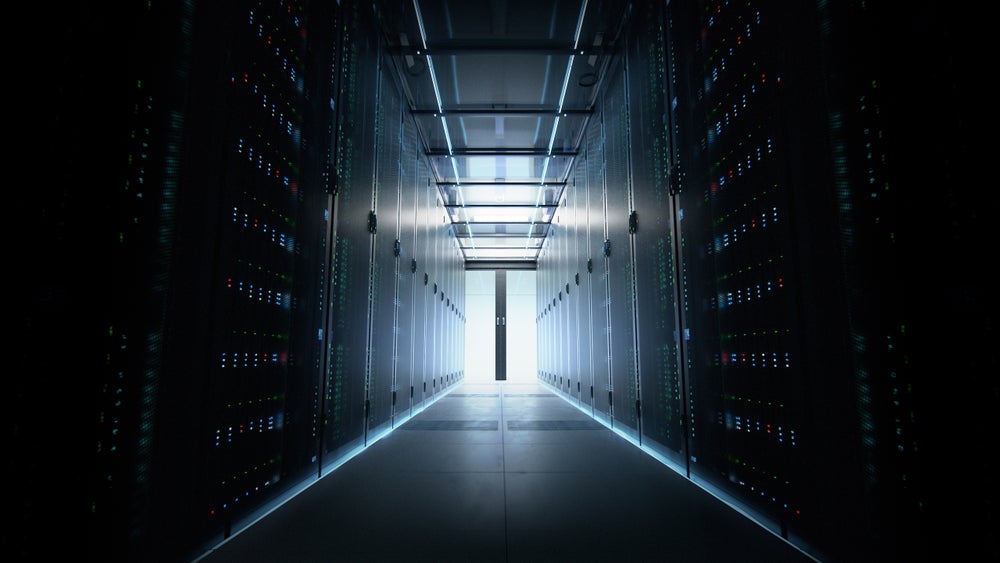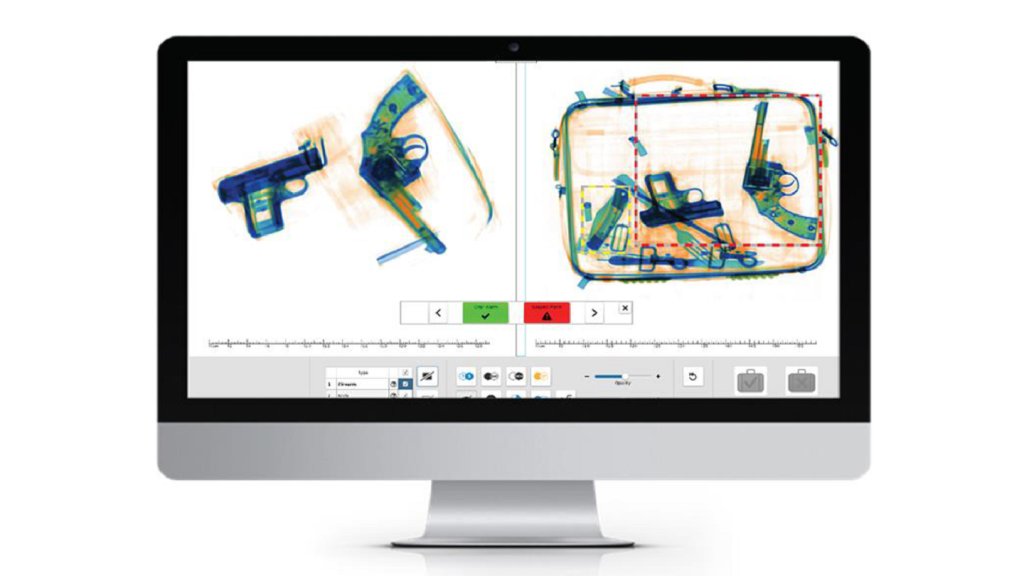
The relationship between artificial intelligence (AI) and defence is a longstanding one. The first “AI winter” of the 1970s, when interest in the subject evaporated and research work all but ceased, was due to Anglosphere government and defence bodies pulling the plug on funding.
It’s still widely believed that telephone conversations intercepted by Five Eyes intelligance agencies under the secret Echelon initiative are scanned in bulk for keywords of interest, allowing conversations of significance to be picked out from among millions of innocuous ones: but in fact, the problem of speech recognition, one of the main applications foreseen for AI, has yet to be completely solved even today. Back in the ’70s a lack of tangible results led to an exhaustion of goodwill towards AI. It’s common knowledge that military and intelligence interest can propel new technologies forward, and for a long while AI was without that safety net. But the story couldn’t be more different today.
It’s generally accepted that the years 2010 to 2020 were the hottest AI summer yet. GlobalData’s patent and company filings data reveals a total of 37,283 patent publications for AI platforms in defence were reached by the end of the last decade. Fuelling this spend is AI’s newfound power to sift the data deluge for defence and intelligence agencies, giving battlefield advantages to actors, and the automation of maintenance, repair and overhaul of military equipment.
AI can also help nation states in the defence of their systems and offence against those of others. The interception of Cold War communications has been replaced by the infiltration of networks to discover or disrupt operations.
Keeping ahead of other nations in this area requires significant spend, and the military with most AI investment will come out supreme. Those who do not recognise the potential that AI offers are at a clear disadvantage, and accelerating AI adoption is paramount for governments, and for the defence sector’s future prospects.
Some nations, to their advantage, have already realised this faster than others.
How well do you really know your competitors?
Access the most comprehensive Company Profiles on the market, powered by GlobalData. Save hours of research. Gain competitive edge.

Thank you!
Your download email will arrive shortly
Not ready to buy yet? Download a free sample
We are confident about the unique quality of our Company Profiles. However, we want you to make the most beneficial decision for your business, so we offer a free sample that you can download by submitting the below form
By GlobalDataCode War
It can be argued that the military-industrial complex makes its money from the current “Cold War” as it were between Russia, China and the West. Both the Chinese and Russian governments have detailed their plans to dominate AI.
A report published in 2019 by the US National Security Commission on Artificial Intelligence warned that “AI is deepening the threat posed by cyberattacks and disinformation campaigns that Russia, China and others are using to infiltrate our society, steal our data and interfere in our democracy.”
A successful cyber offensive could cripple defence systems, and AI could make such attacks easier to carry out. The threat is made clear in a University of Oxford-associated report on malicious use of AI.
Citing the 2017 case of malware sent by Russian hackers to over 10,000 Twitter users in the US Department of Defense (DoD), its authors believe it “could have gone even further with automation (assuming it was not involved already in this case)” and that there is clear interest in using AI for large-scale attacks.
We can already see a glimpse of the future in claims that China has been using AI to interfere in an overseas election for the first time.
In 2020, Taiwan appeared to have been target practice for AI-generated disinformation from China during its presidential election, with the language of voters – idioms, slang and even mindsets – thought to been have mimicked online by intelligent machines.
Slow thawing
On the Western side, AI has been integrated into everything from autonomous vehicles to handling the military’s data deluge. The concern from a security point of view is at what pace this integration is happening, and how Western forces compare to those of Russia and China.
A recent thematic report on AI in defence by GlobalData highlights a cultural divide between commercial companies and governmental defence departments, slowing the rise of military AI.
“Technology companies prize intellectual property,” the report states, “so the Department of Defence desire for unlimited data and software rights is likely to create friction.”
This divide, the report mentions, was highlighted by Google’s withdrawal from the controversial Project Maven in 2018, a Pentagon program looking to build an AI-powered surveillance platform for drones. The company has abstained from any further collaboration with the DoD since exiting the project.
GlobalData’s report also lays blame on the complexity of the defence acquisition process and – somewhat ironically – tech company concerns surrounding privacy and data rights related to data obtained through intelligence, surveillance and reconnaissance. Such qualms are probably unlikely to be found in Russia and China.
Literal cyberspace
As AI is changing the nature of offensive cyber, the areas in which cyberattacks can be deployed continue to expand. Land, sea and air have been the traditional areas of cyber defence, but wherever there is a digital system, there is the risk of hacking and destruction. This can even extend to space.
Defense One reported earlier this year on a DARPA program investigating how to build a self-organising network of satellites which mesh (communicate) with each other in low Earth orbit. Defence satellites are ostensibly used to track data and monitor missiles, but they can be equally capable of launching a cyberattack on other space networks (even if this is not as openly discussed).
China has recently launched satellites enabled with AI for data processing, as created by private company ADASpace. According to Cybersecurity Insiders, a Chinese intelligence source confirmed these satellites were able to “launch cyber attacks” on other nations’ spacecraft if and when needed.
While AI may assist in space-based cyber offensives as it can for Earthly ones, it’s worth taking a step back from the hype. Even if China is a step ahead, there is still the logistical problem of maintaining machine learning in space.
As Dr. Derek Tournear, director of the Space Development Agency, told Defense One recently, “in space, you’re always going to be limited by how much heat you can dump and how much power you can collect.” Spacecraft are normally reliant on relatively weak supplies of power from solar panels, and the problem of getting rid of waste heat in the absence of convection and conduction is a thorny one. AI systems typically require a lot of power and generate a lot of waste heat.
Tournear says the more realistic option is training space-bound machine learning AI on Earth first while waiting for optical inter-satellite communications to develop, the kind of space-to-space laser links which has been hyped up by Starlink’s plans for low-orbit broadband.
Such tech would deliver the bandwidth for real-time algorithm development once the AI is ported into low-orbit. No matter where it stands on the disinformation front, no nation has yet to win the AI space race in any meaningful way, China included. Once the race heats up, AI investment will no doubt rise with it.
Summing up
Whether or not it takes a decade for cyber warfare in space to become AI enabled, it’s already clear AI will change the Earthbound defence landscape within a matter of years.
The defence sector is already far ahead with providing autonomous vehicles for the military, and this is just one transformation that’s already taking place. It’s only a matter of time before intelligent cyber offence solutions emerge from the dark into equally-profitable revenue options.
It goes without saying that AI-powered cyber offence is coming, as no formidable military power operates on a purely defensive back foot. Whether it’s Russia, China, the US or the UK, cyberattacks will be carried out by nation states in a cyber battlefield that’s as large as anything in the real world.
Malware, disinformation, space jamming – all will be propelled by AI, whether powered by the military or private companies willing to partner with defence bodies.
Cold Wars will be fought throughout the burning heat of the AI summer.
Find the GlobalData Thematic Research: Artificial Intelligence (AI) in Aerospace and Defense report here.
This article is part of a special series by GlobalData Media on artificial intelligence. Other articles in this series include:
- The 12 companies leading the way in AI – Investment Monitor
- AI in healthcare: key highlights in 2021 – Pharmaceutical Technology
- Index shows US is winning the AI race – but for how long? – Investment Monitor
- Why is AI an obsession for business insiders? – Verdict







